
Sake-drinking monsters, Japan being consumed by them -- the connection between sake and monsters, and the current rice shortage

In the Japanese sake industry, a rice shortage has recently become a serious problem.
It has become difficult to secure rice suitable for sake brewing, and some areas have begun to see cases of shipments being halted or production being suspended.
Sake is not just a luxury item, but is also used in religious ceremonies and annual events.
It is a drink that has cultural significance, and is somehow connected to non-human beings, monsters.
This time, I would like to look at some of the monsters that have legends related to sake and think about the fluctuations in today's Japanese sake culture.
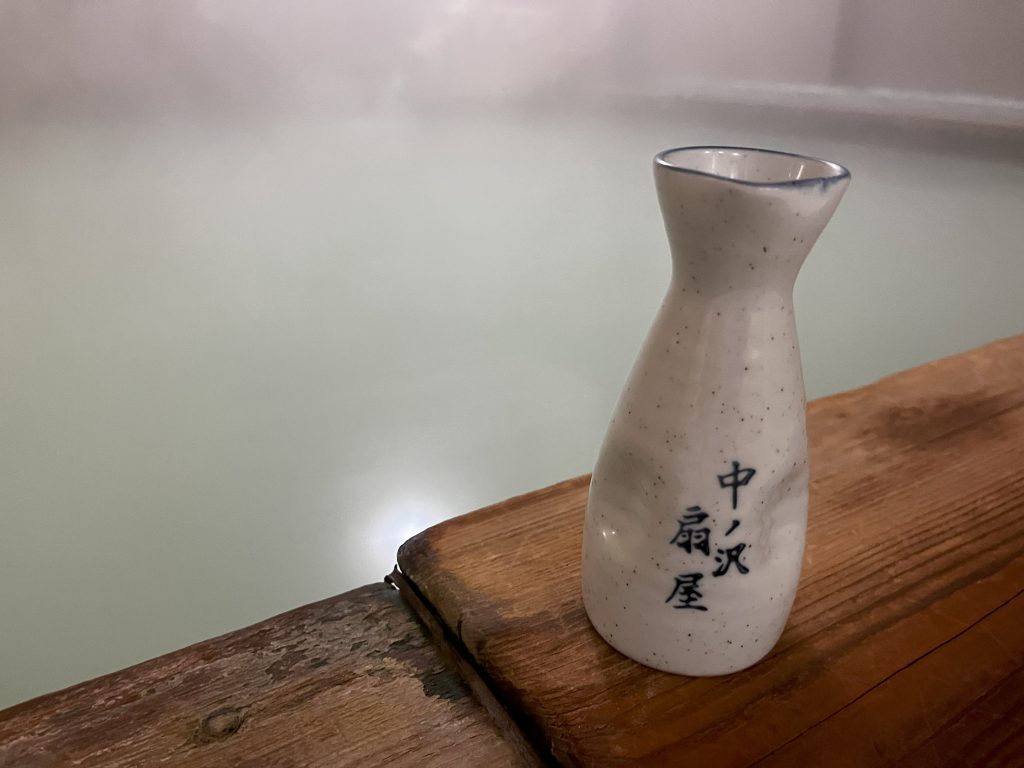
Shuten-doji - A demon who loved alcohol, and died because of it
Shuten-doji was the leader of demons who is said to have lived in Oeyama, Kyoto during the Heian period.
As his name suggests, he loved alcohol, and it is said that he would kidnap people from the capital and hold lavish drinking parties.
In order to defeat him, Minamoto no Yorimitsu and his men used a poisoned drink called "Kamibinki-dokuzake."
The tactic of getting the victim drunk and then exploiting an opening shows that alcohol holds the key to the story.
Yamata no Orochi: A myth of a snake being killed by getting it drunk, as seen in the Kojiki
The Yamata no Orochi, which appears in the Kojiki, is famous as the monster that was defeated by Susanoo no Mikoto.
This time too, sake was used. The sake that was made to put the eight-headed serpent to sleep was called "Yashiori no Sake."
It is clear that since ancient times, alcohol has been treated as more than just a drink; it has been seen as possessing mystical powers.
Mametanuki - the little pranksters that appear in sake breweries
"Mametani," a tanuki monster from the Kansai region, is closely related to sake.
There is a legend that he would appear at sake breweries, especially in the Nada region, and steal and drink sake or remove the corks from sake barrels.
There is a story that the brewers, troubled by the pranks of the Mametanuki, set aside a special barrel for the raccoons.
It's interesting to see how humans and monsters seem to "coexist" through alcohol.
Sakeinotoko - A story of sake flowing from a well
In Iwaki, Fukushima Prefecture, there is a sake legend called "Sakei no Toko (Sakai's Floor)."
The story goes that a poor young man dug a well for his mother, who loved alcohol, and alcohol began to flow from the well.
Although the monster itself does not appear, the unrealistic phenomenon of "sake bubbling up"
Perhaps people at that time sensed some kind of supernatural presence or divine will.
The risk of losing "alcohol" as a culture
What these legends have in common is that they depict alcohol as a key item.
The fact that sake cannot be made or is in short supply due to a shortage of rice, the raw material,
I feel that this is not just an industrial problem, but also a cultural divide. The area of land under cultivation by rice farmers is decreasing year by year, and the average age of farmers is approaching the late 70s and older, making this a very serious problem.
What you can do as a Yokai Shop
In the future, we are considering the following things as things we can do:
- A collaboration project between yokai and local sake labels
- A sake tasting event with the theme "What kind of drink would go well with this yokai?"
- Selling "Yokai Rice" and conducting crowdfunding to support farmers
- and,An event will be held where participants will walk around the town in their yokai form, enjoying Japanese sake and food.
→ For example, you could have a "Yokai Bar" where you can visit multiple restaurants in the town and enjoy local sake and food while dressed as a yokai. You could also offer special benefits to those who dress up in costume, or organize a stamp rally.
Translating the legends of spirits related to sake into modern times and developing them as a way to revitalize the local area and pass on traditions is
Not only can it be enjoyed as entertainment, but it can also be a way to protect Japanese sake culture, as well as the rice farmers and sake brewers that go with it.
It is not surprising to hear cries of "there isn't enough alcohol" coming from the monsters themselves.
What will they feel in this era and what actions will they take?
With this perspective, I would like to continue walking alongside yokai.


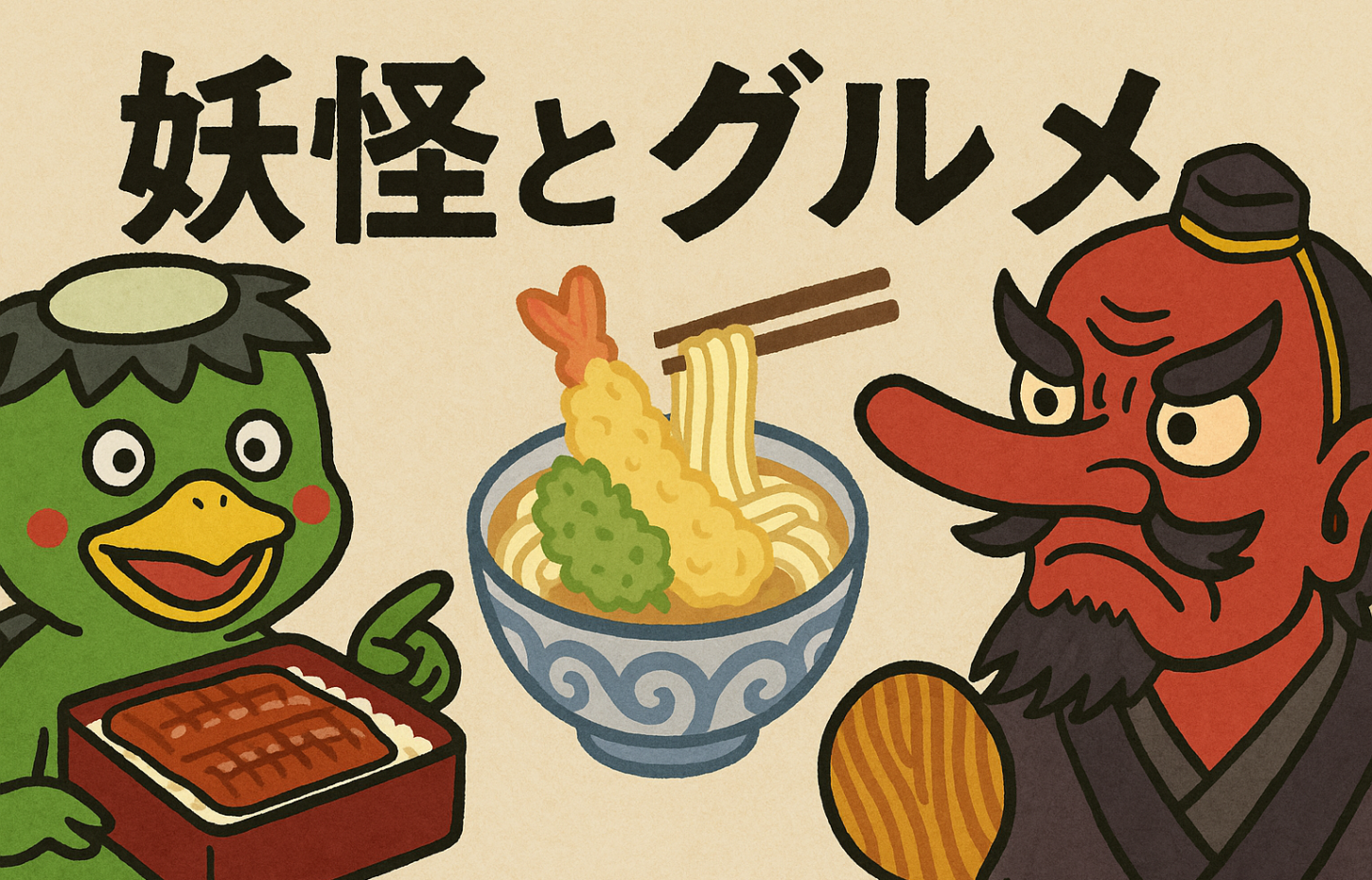
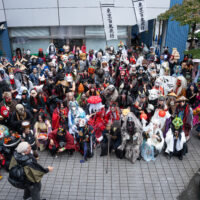
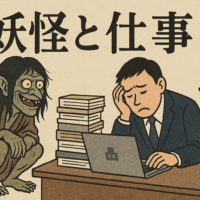
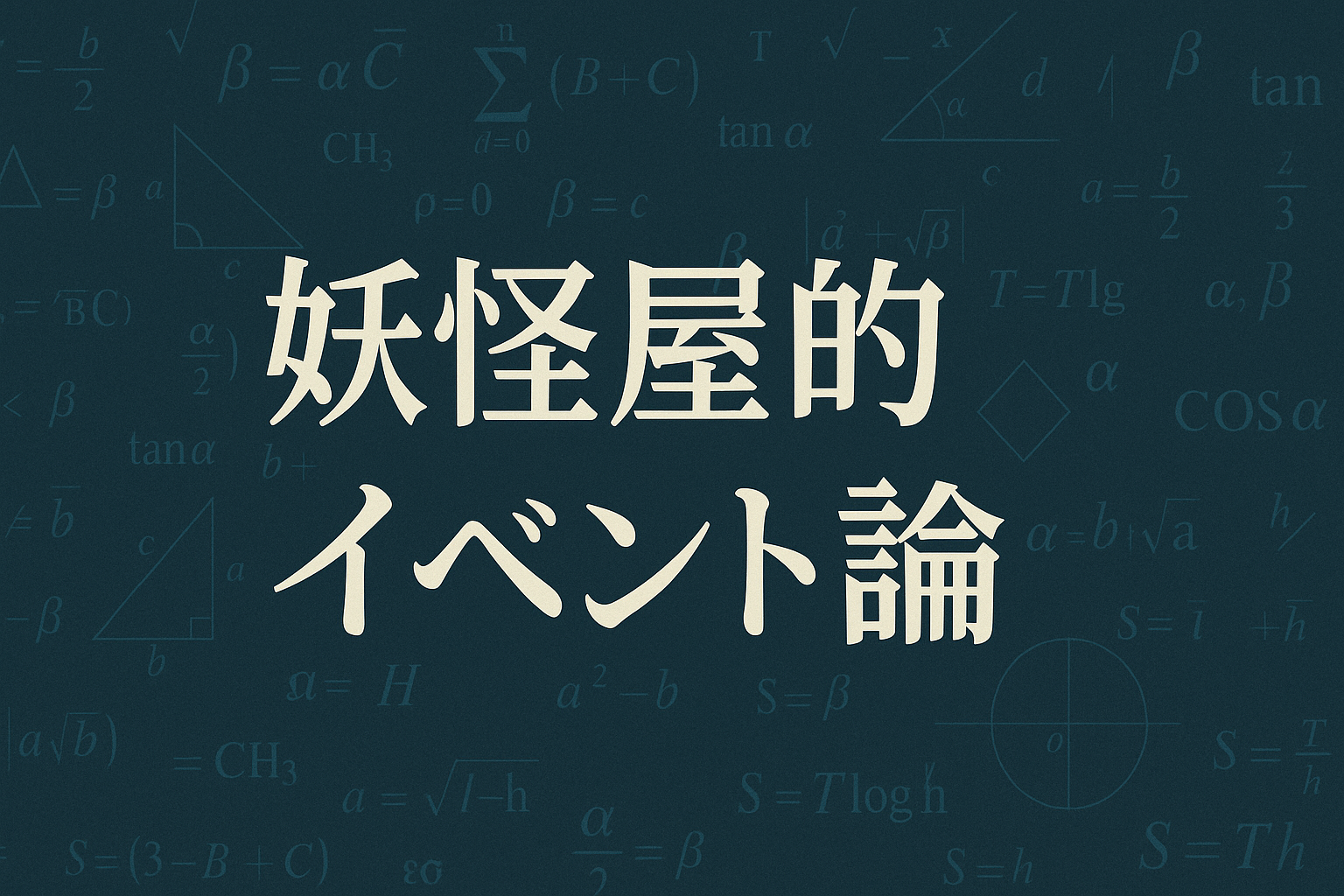



No comments yet.